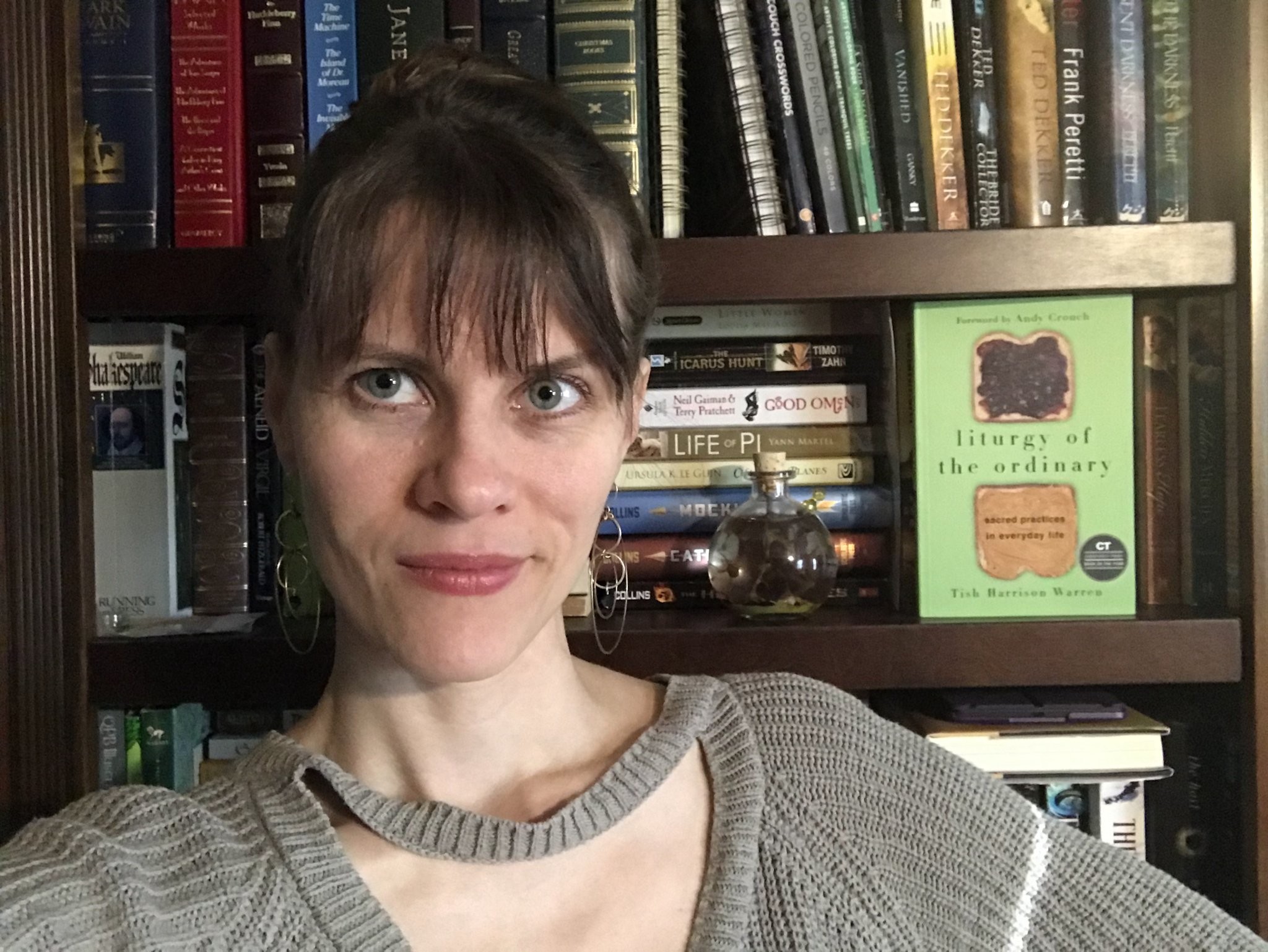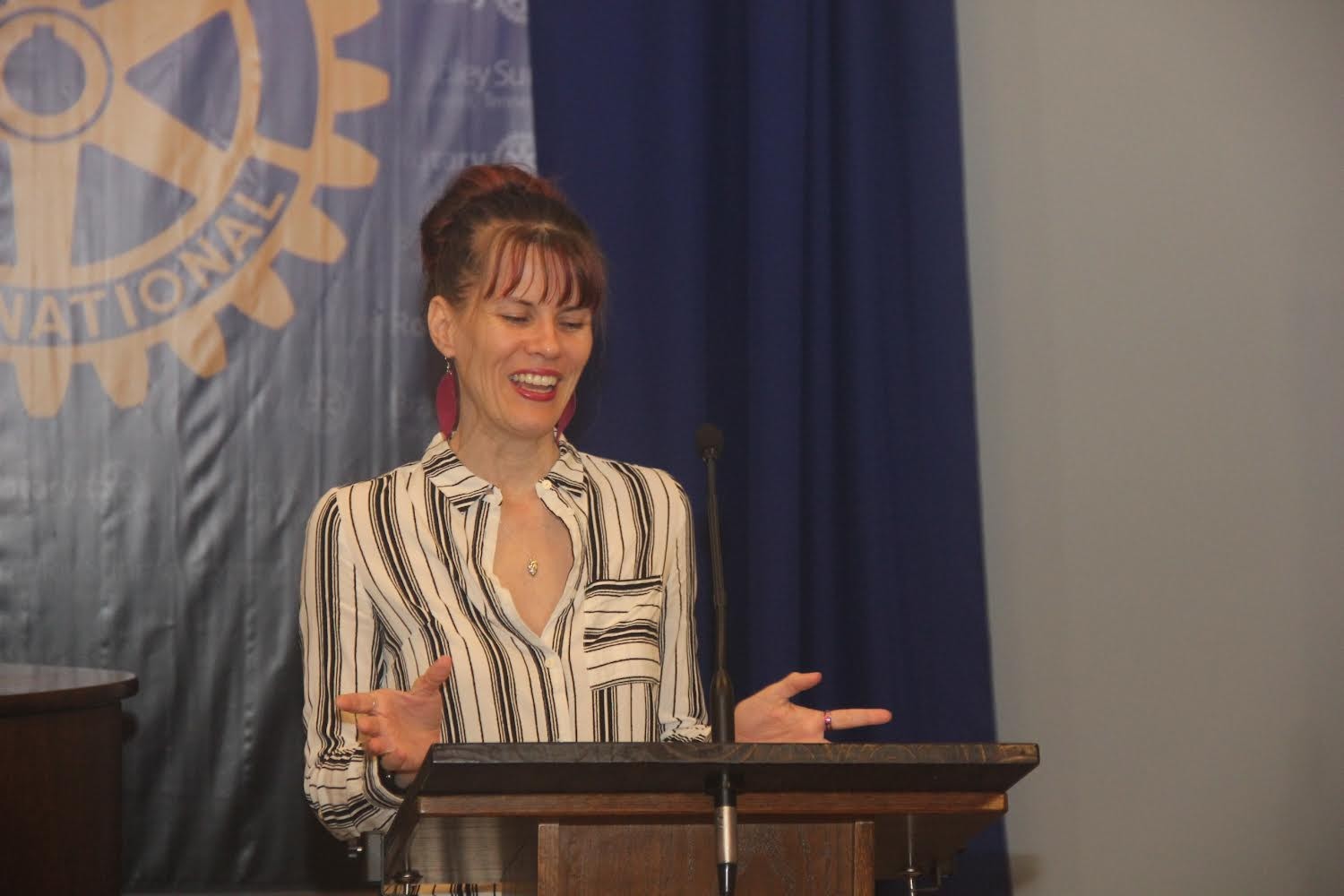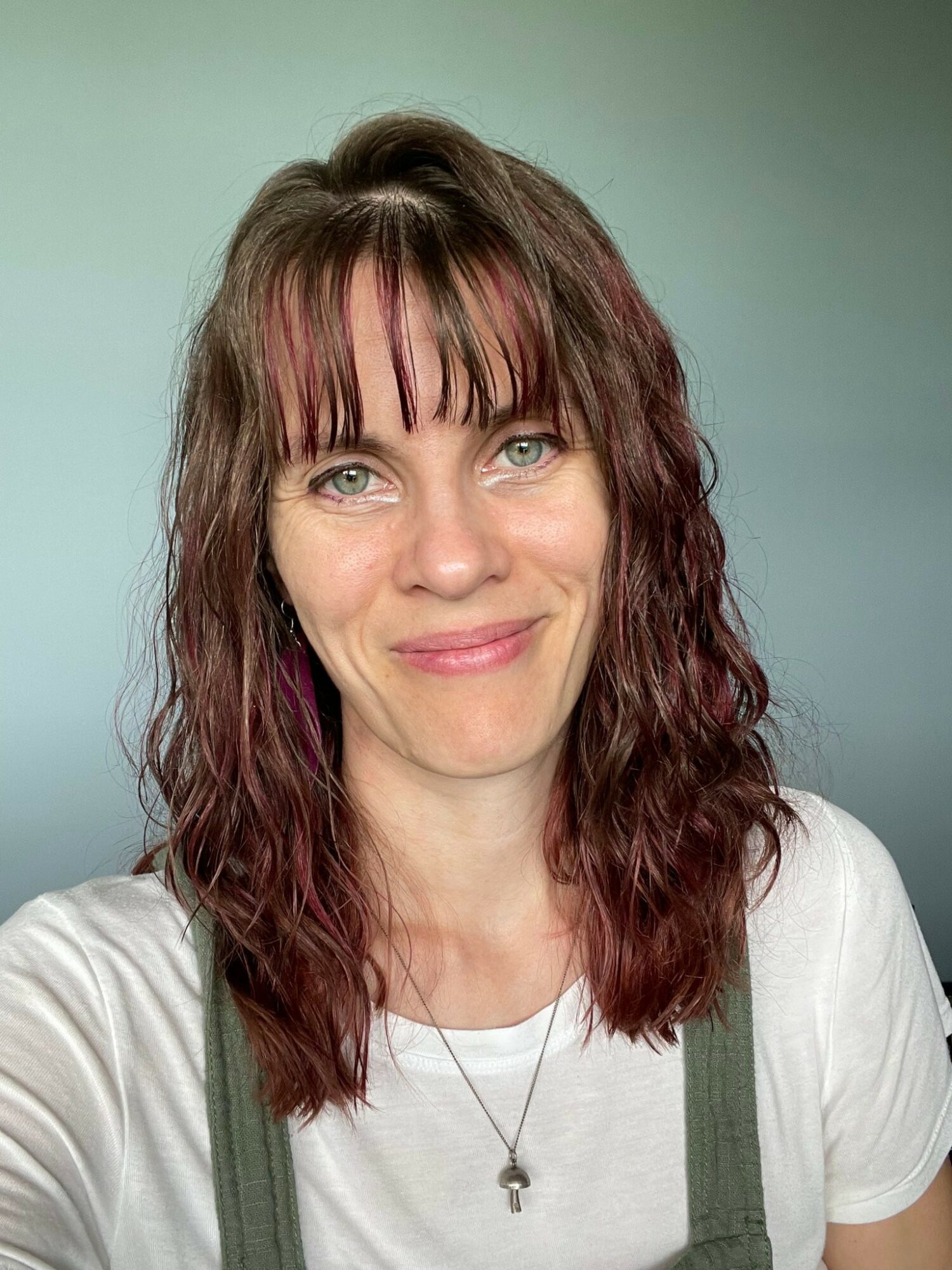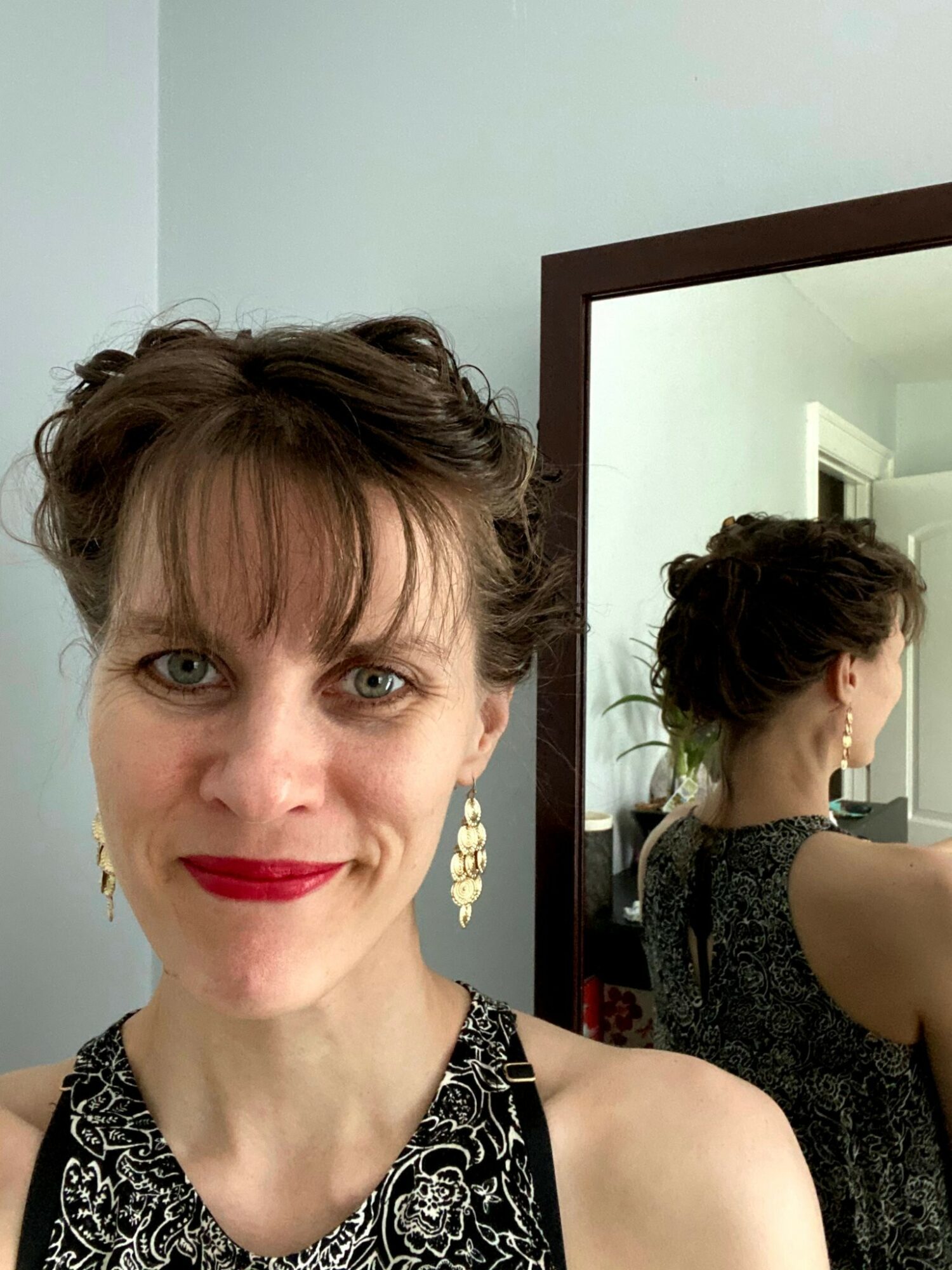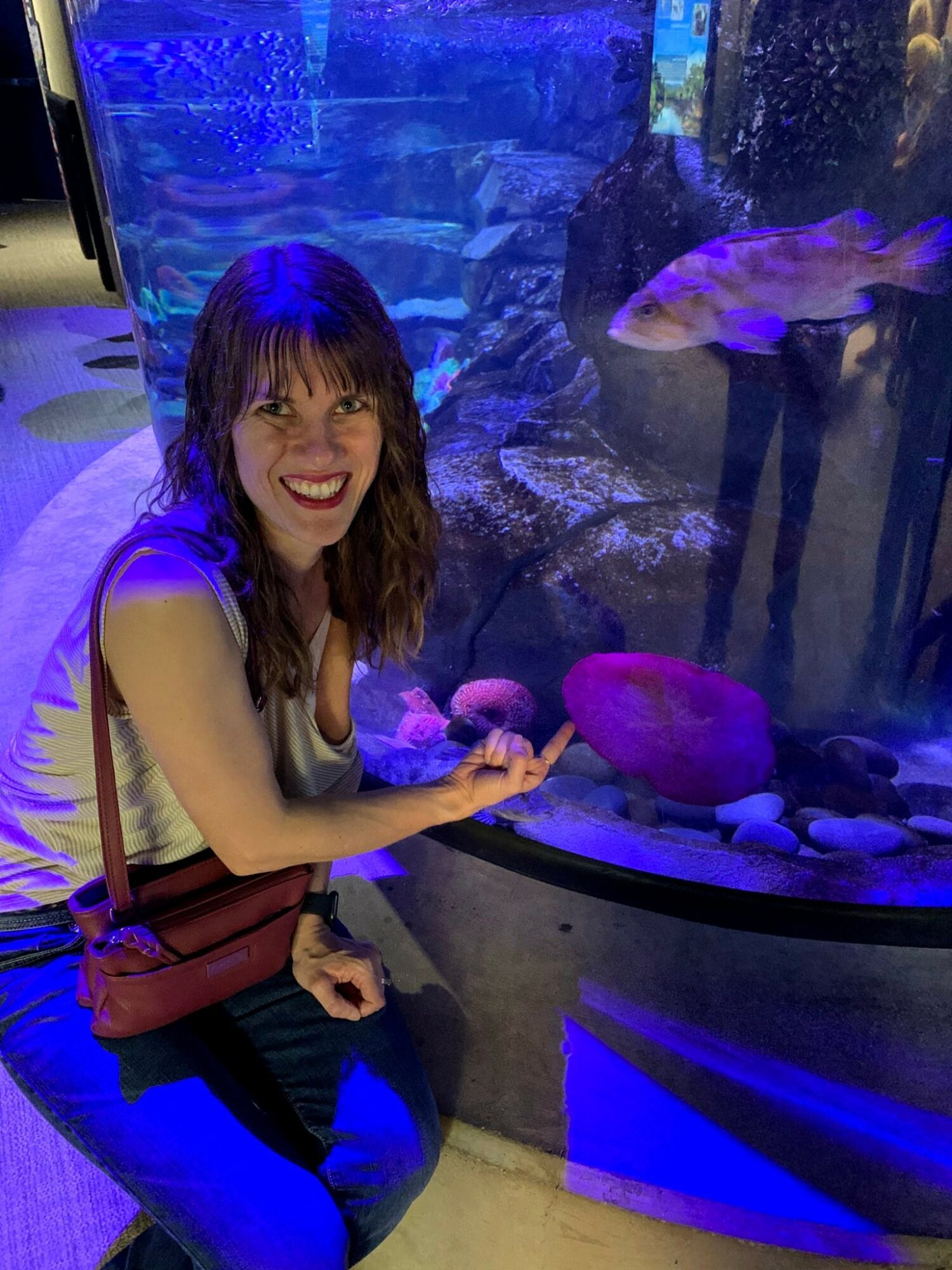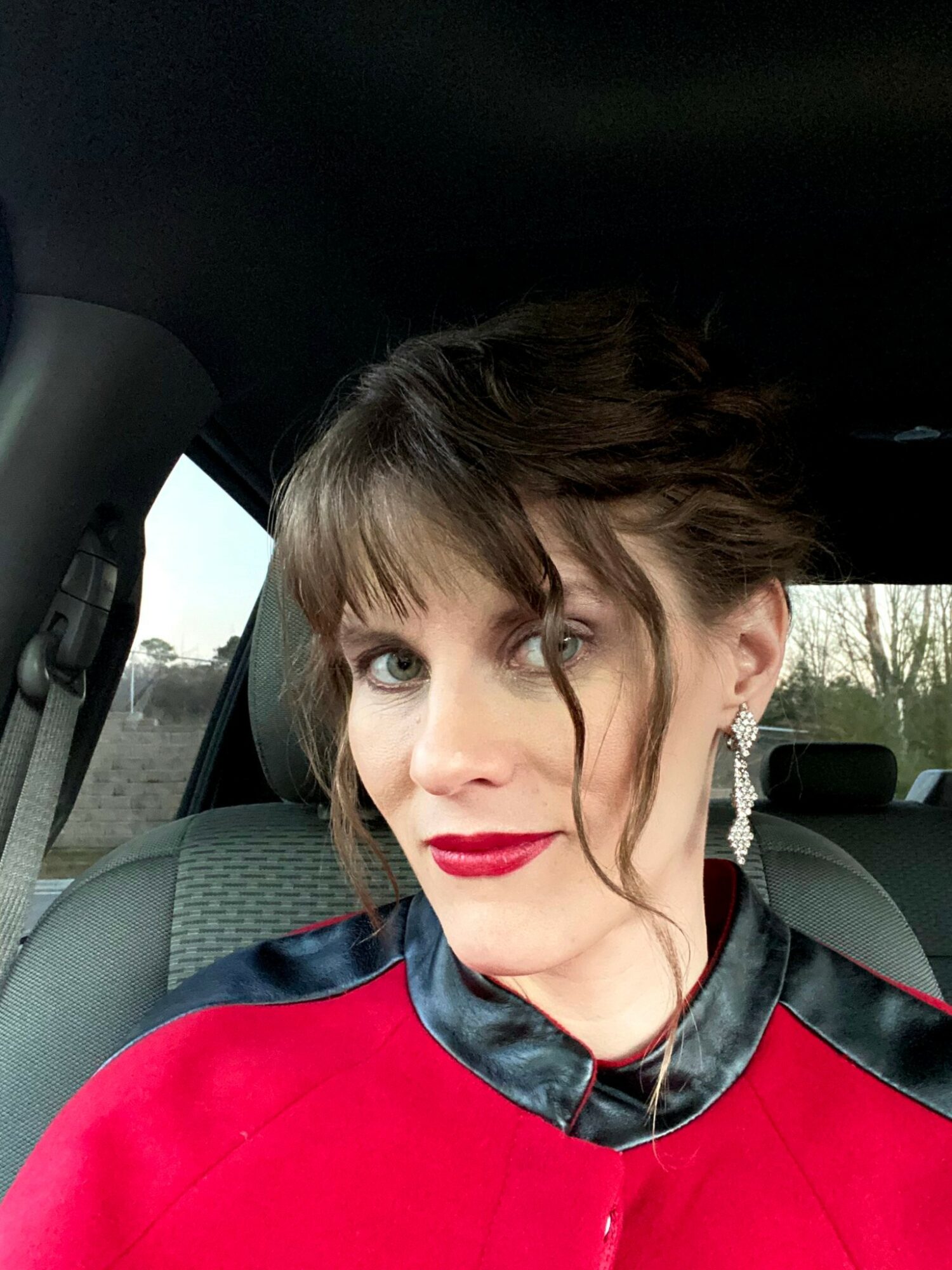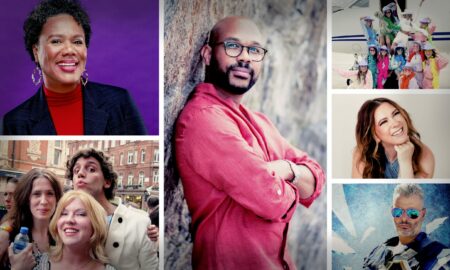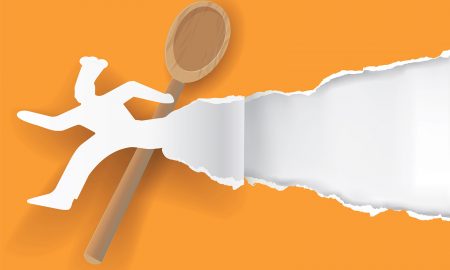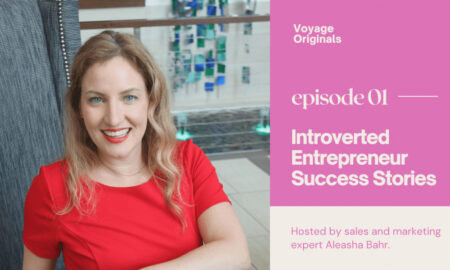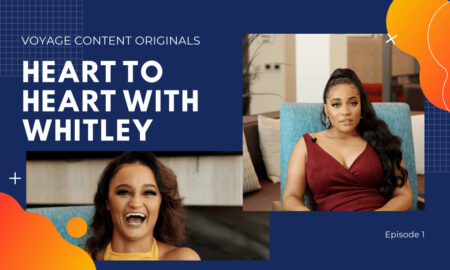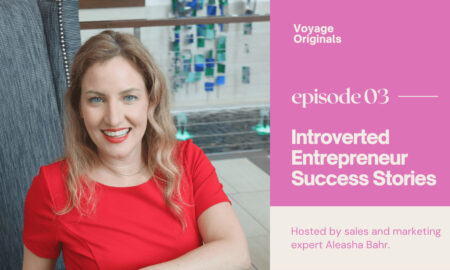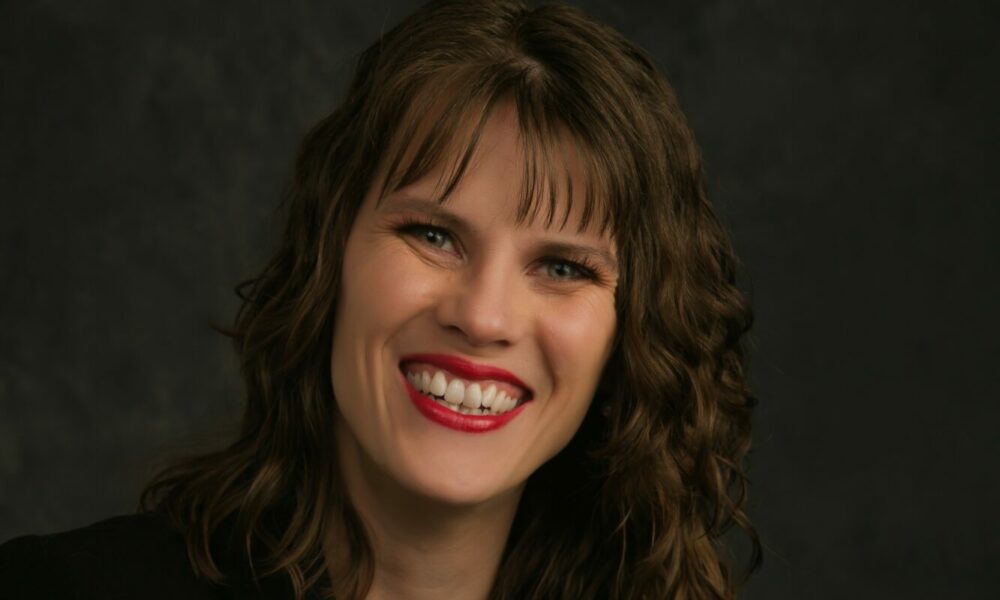

Today we’d like to introduce you to J.E. Kraft.
Hi J.E., can you start by introducing yourself? We’d love to learn more about how you got to where you are today.
Wow. My story is a spaghetti plate of threads, each one with its own complexities. So, let’s try and simplify to what I think will be most pertinent. I grew up in Akron, OH. My grades were poor in elementary school as undiagnosed dyslexia and unstable home life were not conducive to producing a rousing academic. My “otherness” was noted by my classmates, and I was bullied- a lot. Home life worsened, and at one point, my mom, sister, and I took refuge at a battered women’s shelter. During this time, my mom homeschooled me. To my great shock, I wasn’t stupid. Once things at home stabilized (thanks, divorce), and I learned how to learn within how my brain worked, I went back to public school as a straight-A student.
Fast forward to a husband, two kids, and two decades. Sure, lots of interesting things happened here, but we’re trying to finish this spaghetti.
I had, what I would later find out, was a dissociative episode. All I knew at the moment was I was numb and couldn’t remember what had happened over the past several days. Nothing. It was a blank, and so was I. The hubs was concerned, my behavior was so different. The only thing I could figure was, despite all my reading and self-help, we must have tripped something left over from my childhood trauma. That was when I knew I needed therapy.
I was in therapy focusing on “safety and stability” for about a year when things began to shift, and I heard an angry teenage voice yelling at me in my head. “Whelp. That’s it. I’m officially crazy.” I’m minimizing here. I was completely terrified, but that was my first time meeting E, one of my alters. The childhood trauma that I experienced caused my brain to put up walls between parts of myself so that a part of me might still go to school and try and learn, another part goes to friends’ houses, and still another part holds the dark things that would incapacitate the whole. In short, I was about to find out I have Dissociative Identity Disorder. You know, “multiple personalities”, aka, that thing Hollywood loves to use as a secret villain trope.
It’s been about five years (and more interesting things. Oh look at that spicy meatball where I published a vampire novel, and over here is an olive with a chronic illness diagnosis…blech), and through that time, I’ve come to meet about ten alters (altered states of consciousness for the psychobabble inclined). It’s rarely been easy. We’ve fought, hid, and come together. After much debate, we decided to be open about the disorder in hopes that it would help educate people and reduce stigma. Currently, we have 3.5k followers on YouTube, about 50k on insta, and nearly 120k on TikTok.
It’s an uphill climb trying to educate as fast as another Hollywood stereotype can come out, but as the prevalence of D.I.D. in the general population is about 1% (that’s about as common as natural redheads), it’s worth the effort to make the world a more understanding place for this community of trauma survivors.
I hope that, rather than being overstuffed, your appetite has been whetted. There’s plenty more.
We all face challenges, but looking back would you describe it as a relatively smooth road?
There is no smooth way to realize that your experience of consciousness is fragmented. There is a lot of personal grieving outside of doing therapy for the trauma and PTSD symptoms. Add to that, the individual alters doing their own grieving and processing. Oh, and the internal fighting. An alter dedicated to emotional safety may be diametrically opposed to an alter who doesn’t hold trauma and is carefree in relationships. One of the biggest struggles was when JA (Jennifer Adriana) came out of dormancy to find us married to a man. Not only does she identify as a lesbian, but she considered men fundamentally unsafe. That was a very rocky road. She had very valid reasons for her mistrust, and no amount of “he’s not like other men” could counter her lived experiences. It took a long time and a lot of patient consistency for her to admit, begrudgingly, that our husband “wasn’t the worst.”
On top of all this going on, trying to find accurate information about the disorder I was experiencing was beyond daunting. Likely in part because medication doesn’t make D.I.D. go away (the voices aren’t a hallucination but a part of consciousness), there’s little push to fund research. So much remains unknown despite fascinating studies involving brain scans showing differences in the brains of people with D.I.D.
Can you tell our readers more about what you do and what you think sets you apart from others?
I’ve been a writer since the first grade when I entered a young author contest. Writing is the default that I have in my background of life. I’ve published two books. The Survivors is a dark and gritty vampire book for adults, and Like Kats and Dawgs is a cute and fluffy middle-grade book. People who have a surface knowledge of me understand where the children’s book came from, but I’ve had more than one person comment on how dark the vampire book is.
“Where did that come from?” It seems at odds with the light and sweet personality that they associate with “Jenna”. Despite the differences in all the alters, we all write. Lil tends to write picture books and Kaleb makes amazing poetry, but writing is something that, as a group, we participate in and are proud of.
Do you have any advice for those just starting out?
I get so many messages from people who think they have this disorder or have just been diagnosed with this disorder, and I always tell them the same thing: It won’t always be this hard.
In the beginning, it was scary and overwhelming. Information and competent treatment are hard to find.
The first step is learning to communicate with the others they share their life with. Internal communication can be hard, so I recommend keeping a journal, writing notes, or making videos.
External communication helps bridge internal communication. That in itself can be daunting though.
Sometimes the alters say things you don’t want to hear. I let people know that it’s important for everyone to be seen and heard. There are reasons for the way they feel the way they do. You don’t have to agree with them or act on what they say, but if you ignore them, they will find “louder” ways to communicate that may be less healthy.
The next step (if they haven’t already) is to find a good therapist. That’s life-changing, however, there are plenty of therapists who aren’t willing or capable of treating multiples. I used the search filter on a website called Psychology Today to help me find a therapist who specialized in dissociative disorders when the therapist I was seeing quit practicing to raise a family.
Contact Info:
- Website: www.jekraft.com
- Instagram: https://www.instagram.com/gianusystem/
- Youtube: https://youtube.com/c/gianusystem
- Other: https://vm.tiktok.com/ZM87rXFFb/
